

Casares
Estepona, España 1969
Casares was already around in Roman times: the name is derived from Julius Caesar's,
who used it as a handy observation post from where you could watch both the Mediterranean Sea and the Atlantic Ocean.
The village so started on top of the hill and grew out downwards. On the top are ruins of strongholds, a church,
crumbling house walls and the municipal graveyard. The newer parts of the village are at the foot of the hill, as in more sensible places:
There is more space available there, but the style of building up on and right through other houses seems to be an incurable habit by now.
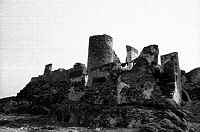 | 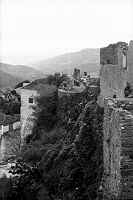 | 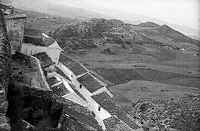 |
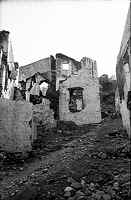 | 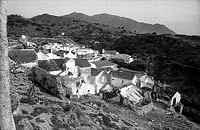 |  |
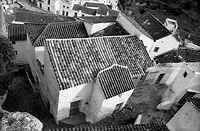 | 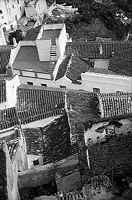 | 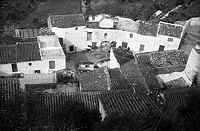 |
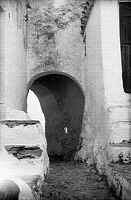 | 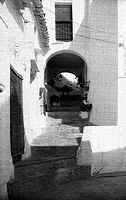 | 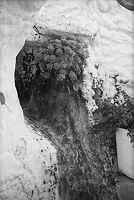 |
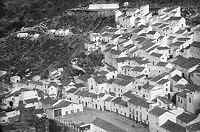 | 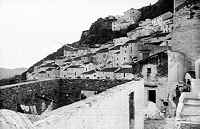 | 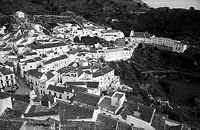 |
In the thirty years since then, maybe Casares has turned into a tourist trap?
No matter what, it still reminds me of an M.C. Escher litho.
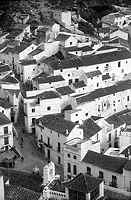

SEARCH this site or the Web

copyright notice
all material on this site, except where noted
copyright © by harrie verstappen , curaçao
reproduction in any form for any purpose is prohibited
without prior consent in writing copyright © by Harrie Verstappen